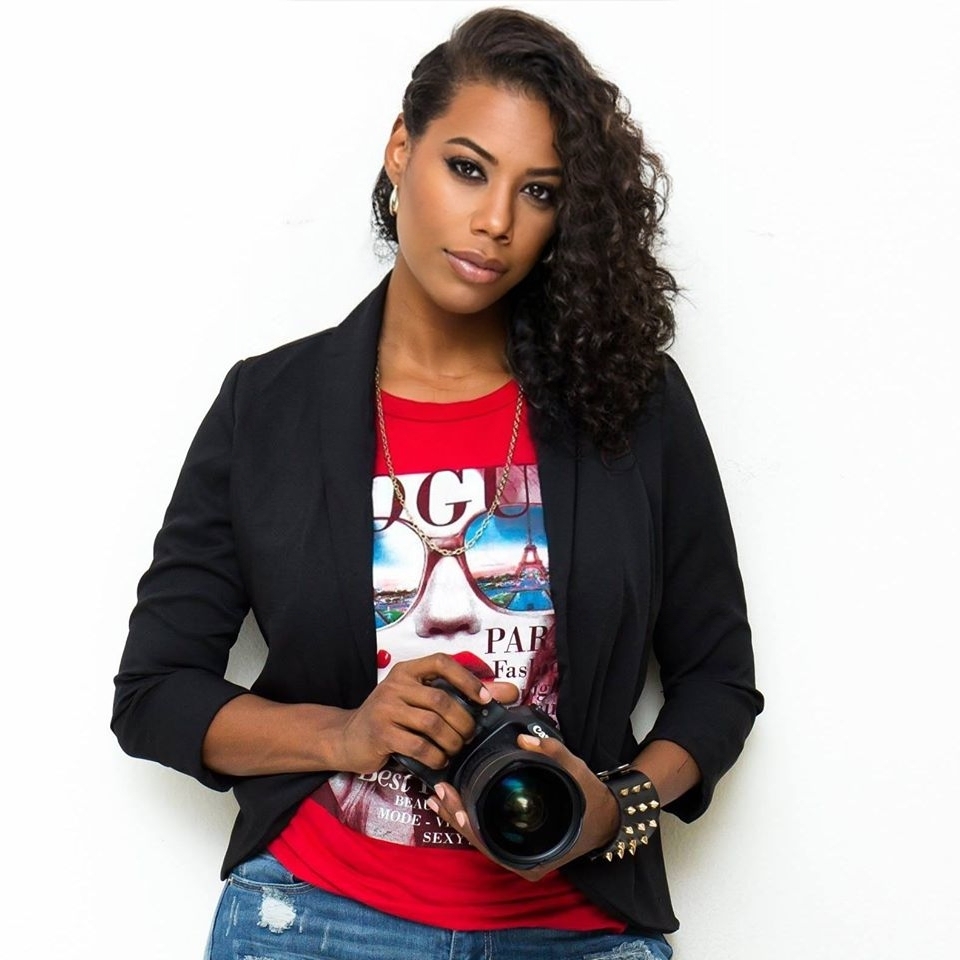Making Your Products Shine with Professional Imagery
- Dajuana Jones
- Mar 31
- 4 min read
In today’s visually driven world, capturing potential customers’ attention is more challenging than ever. One of the most effective ways to stand out is through stunning product photography. High-quality images can tell your brand story, showcase your products, and ultimately drive sales. Understanding how to leverage professional imagery is essential for any business looking to thrive in competitive markets.
The Importance of Product Photography
Product photography serves as the first impression for your customers. Poor quality images can lead to misunderstandings about your product and brand. Research shows that almost 93% of consumers' purchase decisions are influenced by visual appearance. The influence of great imagery cannot be underestimated.
Well-executed product photography can highlight your product’s features and benefits. It enables consumers to see what they are buying, which enhances their confidence in making a purchase.

Additionally, high-quality images improve user experience on your website, leading to reduced bounce rates. When images are appealing, customers spend more time exploring your offerings. Moreover, businesses with professional imagery often enjoy higher conversion rates.
Different Types of Product Photography
There are various styles of product photography, and choosing the right approach depends on your brand identity and product type. Here are a few common styles:
Studio Photography: This traditional format involves professional equipment, backdrops, and lighting setups in a controlled studio environment. Ideal for all types of products, it ensures consistency across your range.
Lifestyle Photography: This style features products in real-life scenarios. For example, clothing can be shown being worn in everyday settings. This approach allows potential buyers to envision how a product fits into their lives.
White Background Photography: Products are photographed on a plain white backdrop. This minimalist approach makes them the focal point and is commonly used for e-commerce.
360-Degree Photography: This emerging trend offers customers a comprehensive view of a product. Ideal for e-commerce sites, customers can interact with visuals, enhancing their shopping experience.
Choosing the right style can set the tone for your brand and significantly impact how customers perceive your products.

What is Commercial Product Photography?
Commercial product photography refers to the art of capturing images that promote products for commercial purposes. These images serve to attract buyers, create emotional connections, and ultimately drive sales. It leverages technical skills and creativity to highlight the unique features of each product, making it appealing to potential customers.
Whether you are selling clothes, gadgets, or even food, commercial product photography is vital in how products are represented across various platforms—be it online marketplaces, social media, or your own website. The impact of high-quality imagery has been acknowledged widely; businesses that invest in professional photography usually see increased brand recognition and improved sales figures.
How to Prepare for a Product Photography Shoot
Preparation is key for achieving great product photography. Here are several tips to help you get started:
Choose the Right Equipment: Depending on your budget, consider investing in a good camera, quality lenses, and essential lighting equipment. A DSLR or mirrorless camera paired with a versatile lens can produce superior results.
Clean Your Products: Ensure all items are clean and free of dust or smudges. Any imperfections can be magnified in high-resolution photography.
Consider Props and Backgrounds: Select props that complement your products and do not overshadow them. When using backgrounds, choose colors that align with your branding while maintaining a focus on the product.
Plan Your Shots: Create a shot list detailing angles, styles, and compositions you aim to capture. This will save you time during the shoot and help you cover all necessary angles.
Edit Your Photos: Post-processing is essential in refining images. Utilize editing software to enhance colors, contrast, and sharpness, making your products look as appealing as possible.

Common Mistakes in Product Photography to Avoid
Even seasoned photographers can make mistakes in product photography. Here are some pitfalls to watch for:
Poor Lighting: Inadequate lighting can ruin an otherwise great image. Natural light works well, but if it’s inconsistent, investing in professional lighting can enhance your images significantly.
Ignoring Composition: Simple composition principles, like the rule of thirds, can elevate your imagery. Ensure the product is well-positioned and draw attention to its features.
Distracting Backgrounds: A busy or chaotic background can divert attention from the product. Use simple or monochromatic backgrounds to keep the focus on your items.
Neglecting to Introduce Scale: If your products are intricate or small, consider introducing a common object for reference to help customers gauge size effectively.
Low-Resolution Images: Always shoot in high resolution. This allows for versatile use across different platforms without losing quality. It’s essential that your images look razor-sharp on all devices.
The Lasting Impression of Great Photography
Great product photography doesn’t just sell products; it helps to build a brand identity and fosters trust with your audience. This trust is built through consistent quality, which can set your offerings apart from competitors.
When implementing professional photography, monitor vital metrics like sales and engagement. Analyzing these will guide future photography needs and allow you to see the return on investment.
Engaging the services of professionals can be a game-changer. Hiring experts in commercial product photography can significantly elevate the quality of your visuals, leading to higher customer satisfaction and increased sales.
In summary, investing in high-quality product imagery can transform the way consumers perceive your offerings. By taking the time to prepare, plan, and execute, your products can truly shine in today’s ever-competitive market.




Comentários